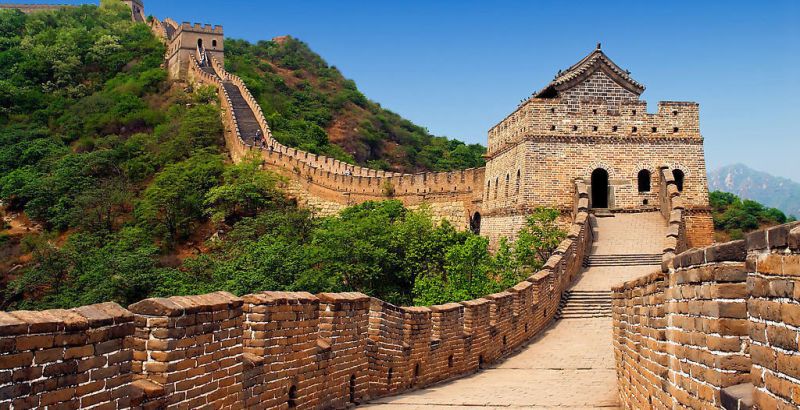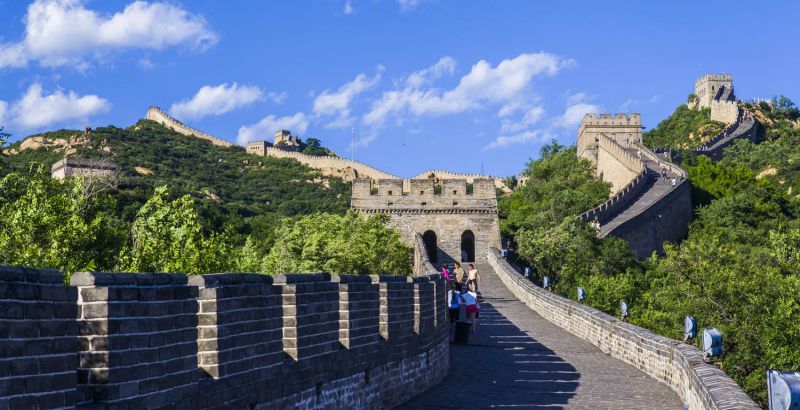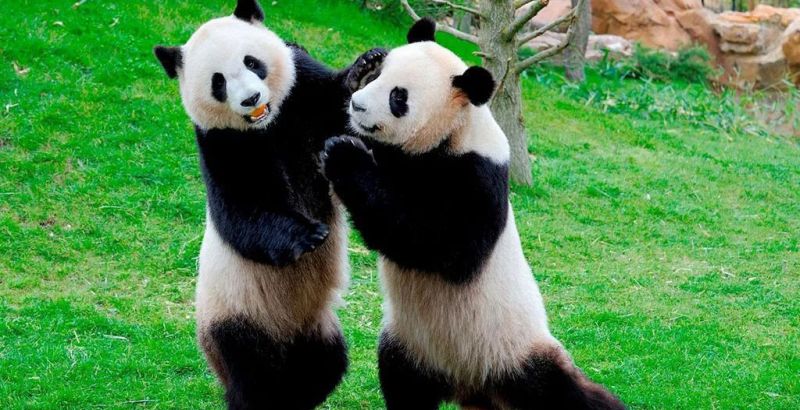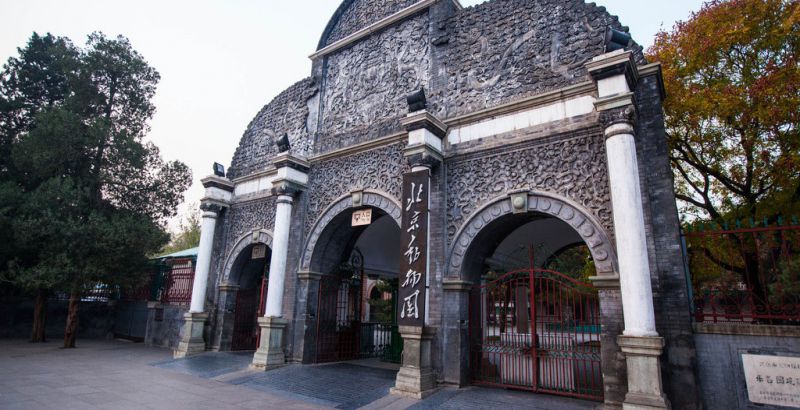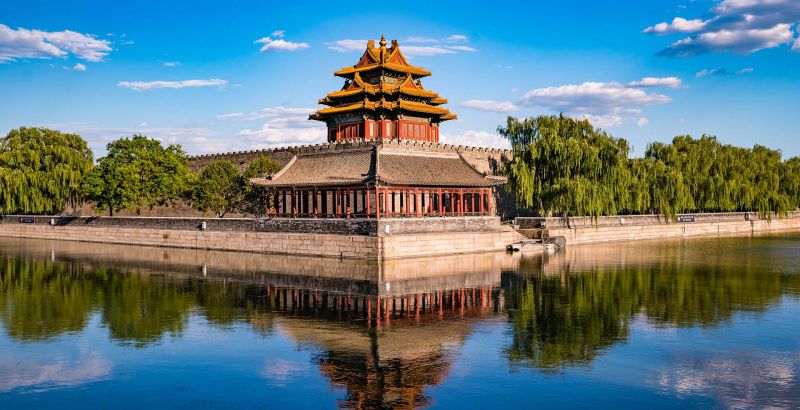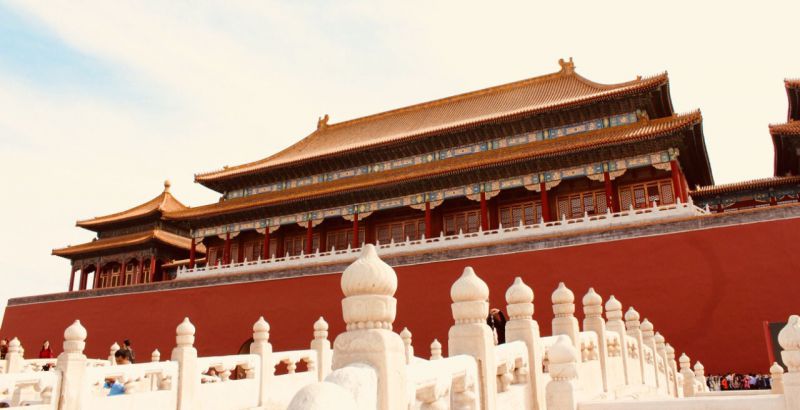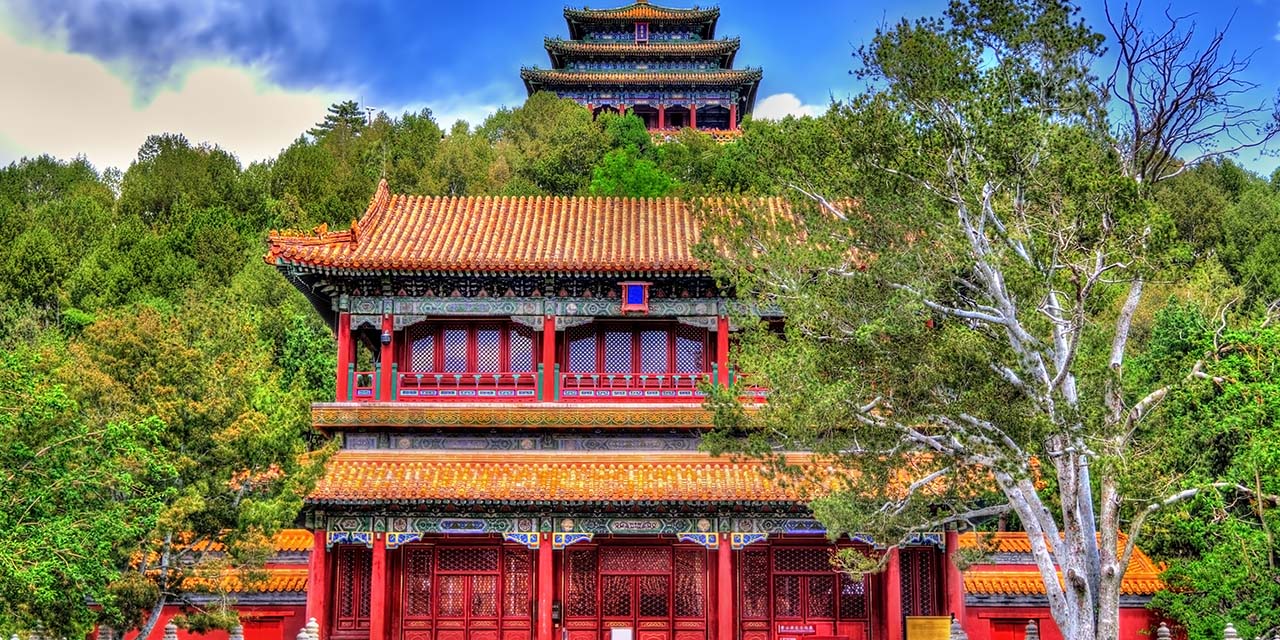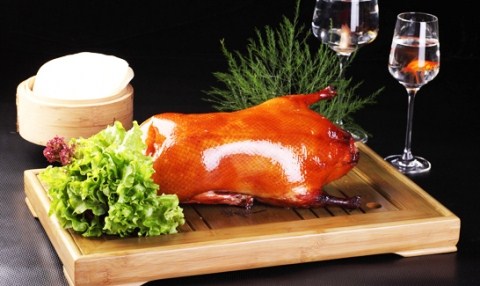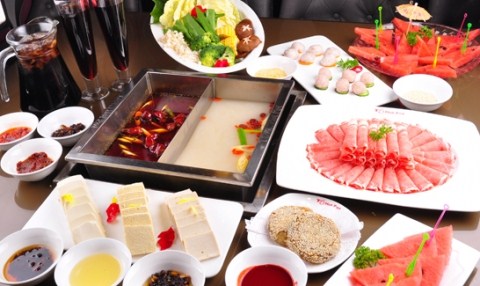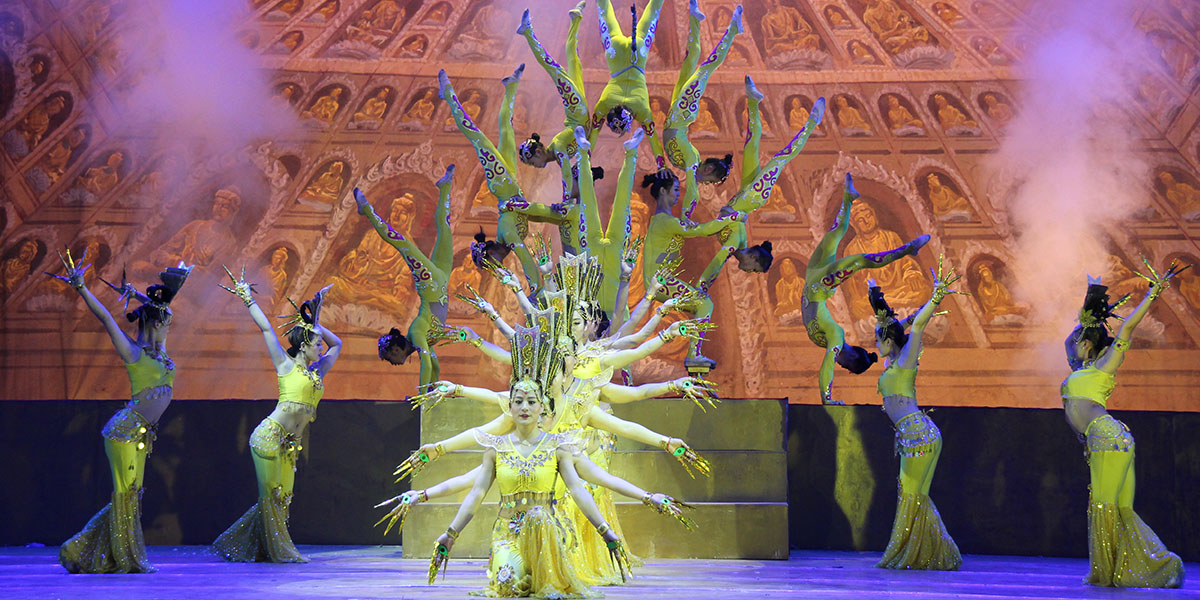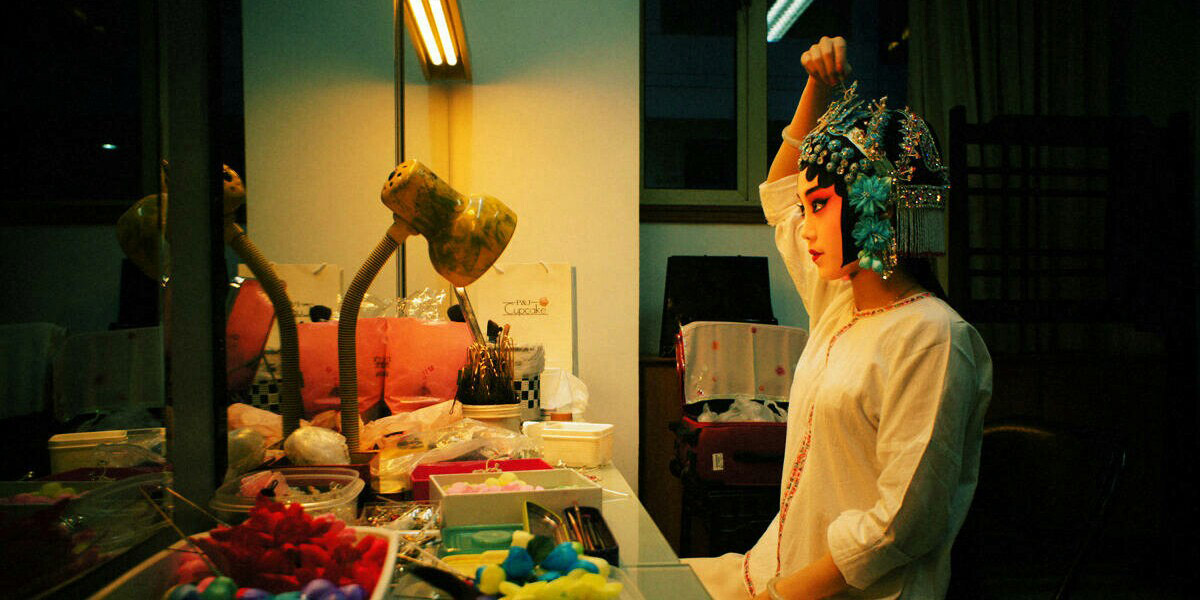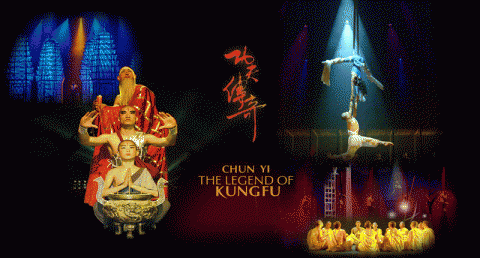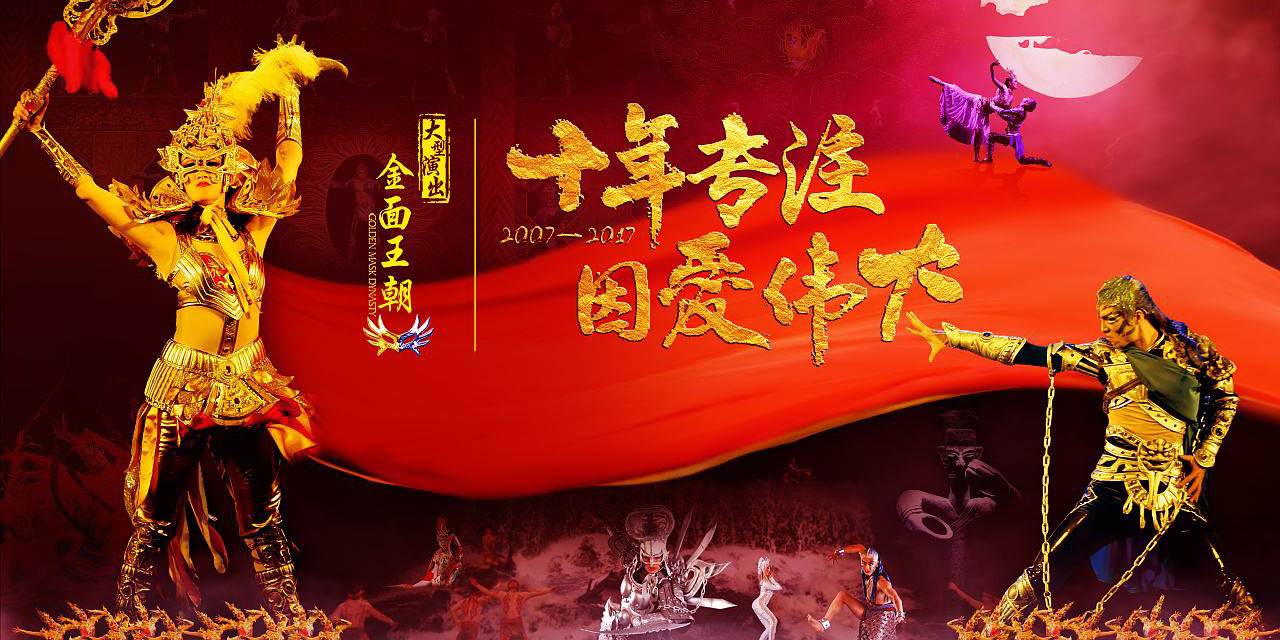Private 4 Days Beijing Tour Package Include Beijing Top Attractions
- Private Tour
Price Per Person in USD
Booked by 0 travelers
5 Stars
Hotel+Tour
4 Stars
Hotel+Tour
3 Stars
Hotel+Tour
Only
Tour Fee
1 person
$745
$0
2 person
$450
$0
3 person
$400
$0
4 person
$350
$0
5 person
$315
$0
6 person
$295
$0
7 person
$290
$0
8 person
$285
$0
9 person
$280
$0
≥10 person
$270
$0
Highlights
Escorted by a local experienced tour guide, take a 4 days private imperial tour to walk through the sacred Tiananmen Square, discover the majestic Forbidden City, explore the respectful Temple of Heaven as well as the verdant gardens of the Summer Palace, experience the UNESCO world heritage Badaling Great Wall, marvel at the unique design of Ming Tomb(Changling), take photos of the lovely pandas in Beijing Zoo, take the rickshaw and view traditional parts of Beijing Hutong. The tour covers hotel pick-up & drop off, private tour guide and air-conditioned car/van.
Day 1 Beijing
You will be picked up from the airport or train station then escorted to the hotel. Use the rest of the day to relax and rejuvenate but if you are not tired, maybe you can have a short sightseeing trip of Beijing at night.
![]() :
:
Day 2 Beijing
You will be picked up from the hotel by the driver and tour guide from 7:00-8:00 A.M. The first stop is Tiananmen square which is the biggest city center square in the world.
Passing through Tiananmen Gate, visit the Forbidden City, the imperial palace of the Ming and Qing dynasties. Cut through the numerous doorways and admire the perpetuated buildings. After a fulfilling lunch, visit the Temple of Heaven; magnificent architecture in the Ming and Qing dynasty.
Note: A Passport or ID card is mandatory for visiting the Forbidden City.
![]() :
:
Scenic spots included in the itinerary
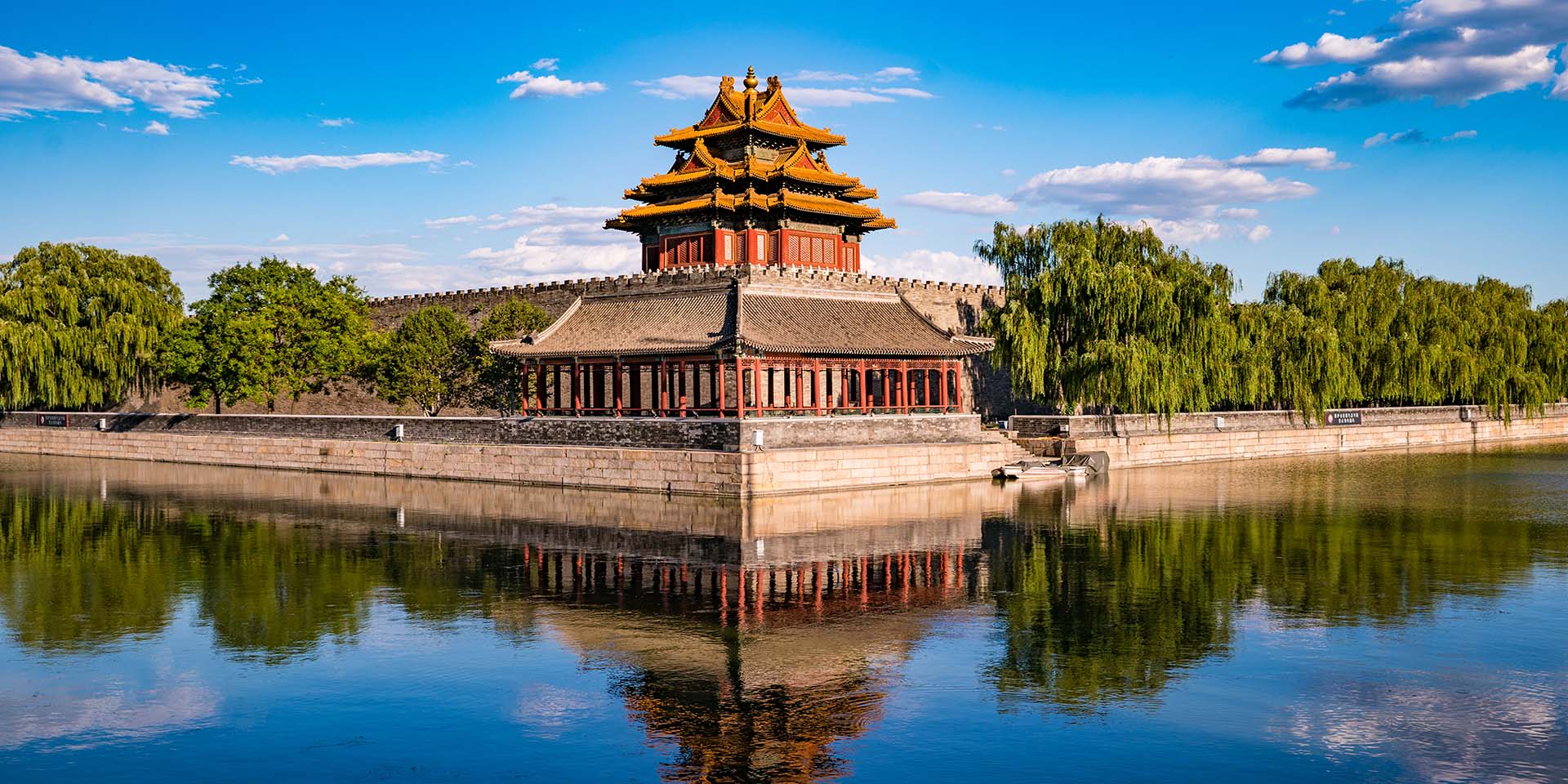
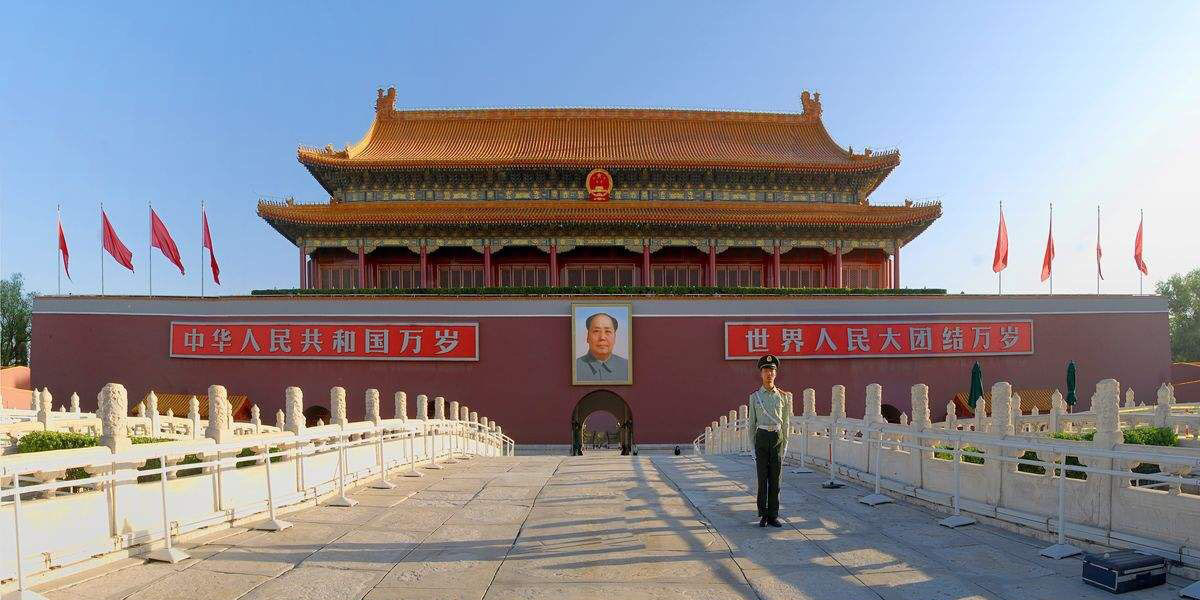
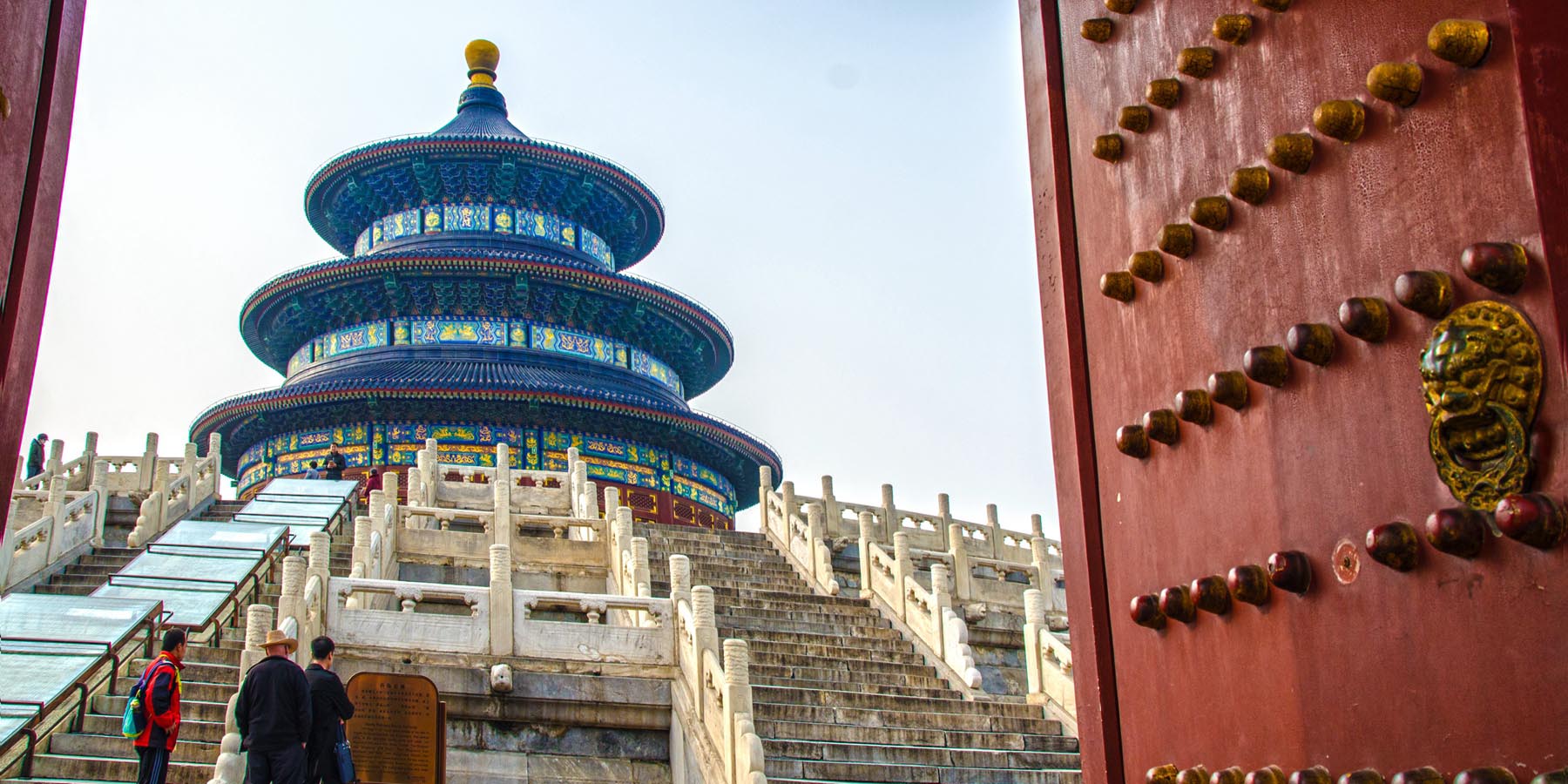
Day 3 Beijing
You will be picked up from the hotel by the driver and tour guide from 7:00-8:00 A.M. The renowned Great Wall is the first stop, visit the magnificent Badaling Great Wall and acknowledge the fact that such a grand fortification stands on steep mountains. After lunch, you will visit and discover the mystery that lies at the Ming Tombs(Changling). At night, you can choose taste Peking roasted duck.
Option Day 3:
Badaling section can be chosen in place of Mutianyu section.
![]() :
:
Scenic spots included in the itinerary
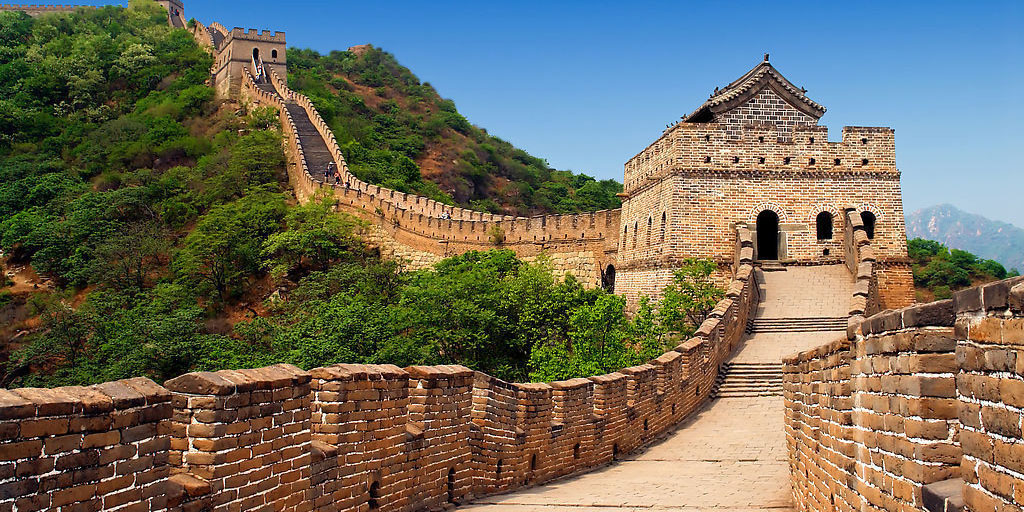
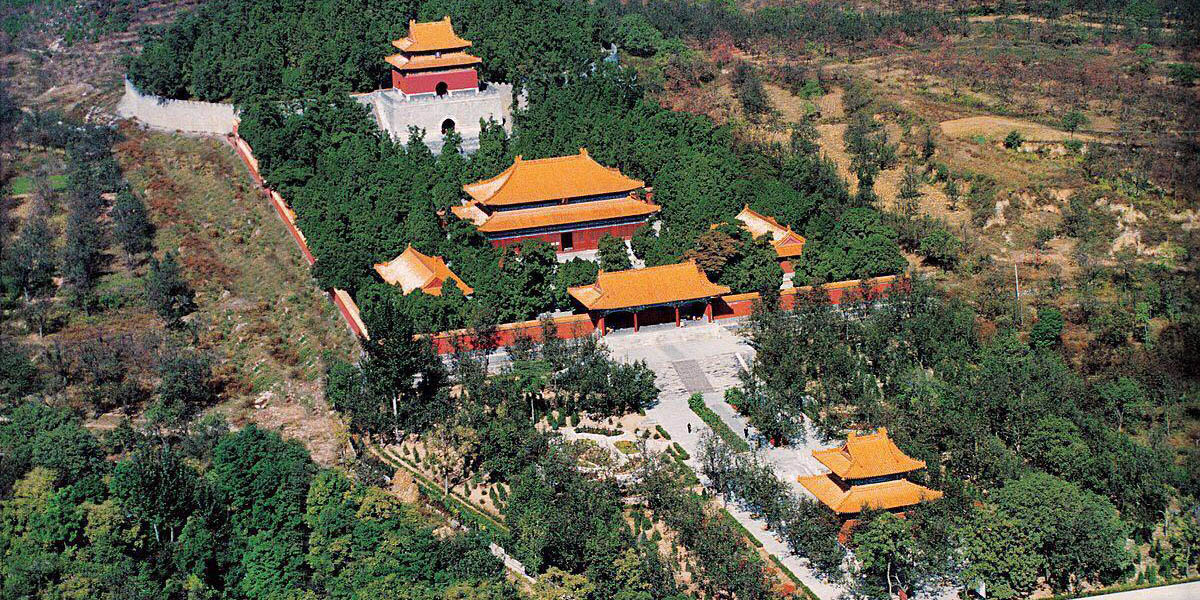
Day 4 Departure from Beijing
You will be picked up from the hotel by the driver and tour guide from 7:00-8:00 A.M. The Summer Palace is the first stop you'll visit. Give credit to the magnificent momentum of Chinese royal gardens fused together with artificial landscape like the pavilions and temples artistically. Beijing Zoo is the next stop where we will see the cuddly giant pandas. After the zoo, you will hop on the rickshaw and visit the narrow alleys of old Beijing where you'll join a local family for lunch in the Hutong area.
You will be then sent back to the airport or train station marking the end of this exciting trip.
![]() :
:
Scenic spots included in the itinerary
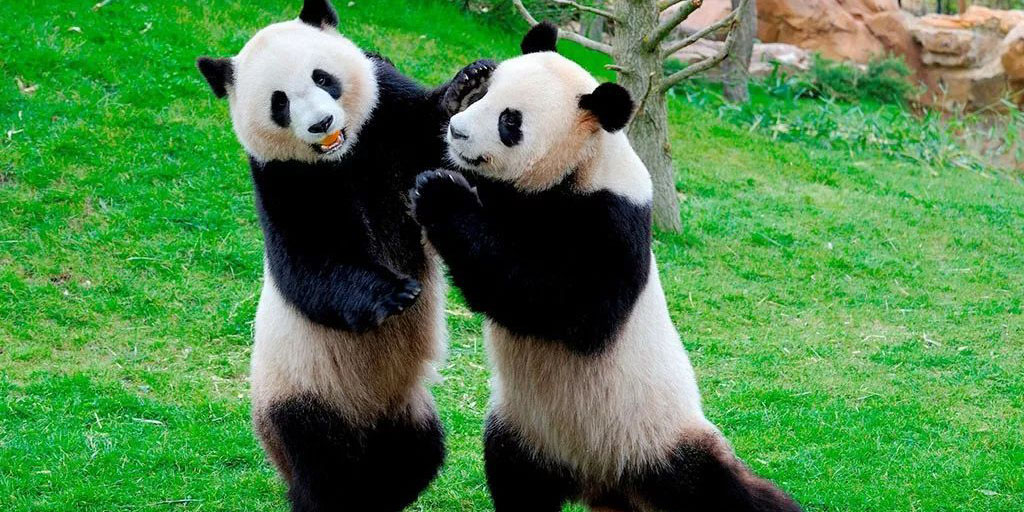
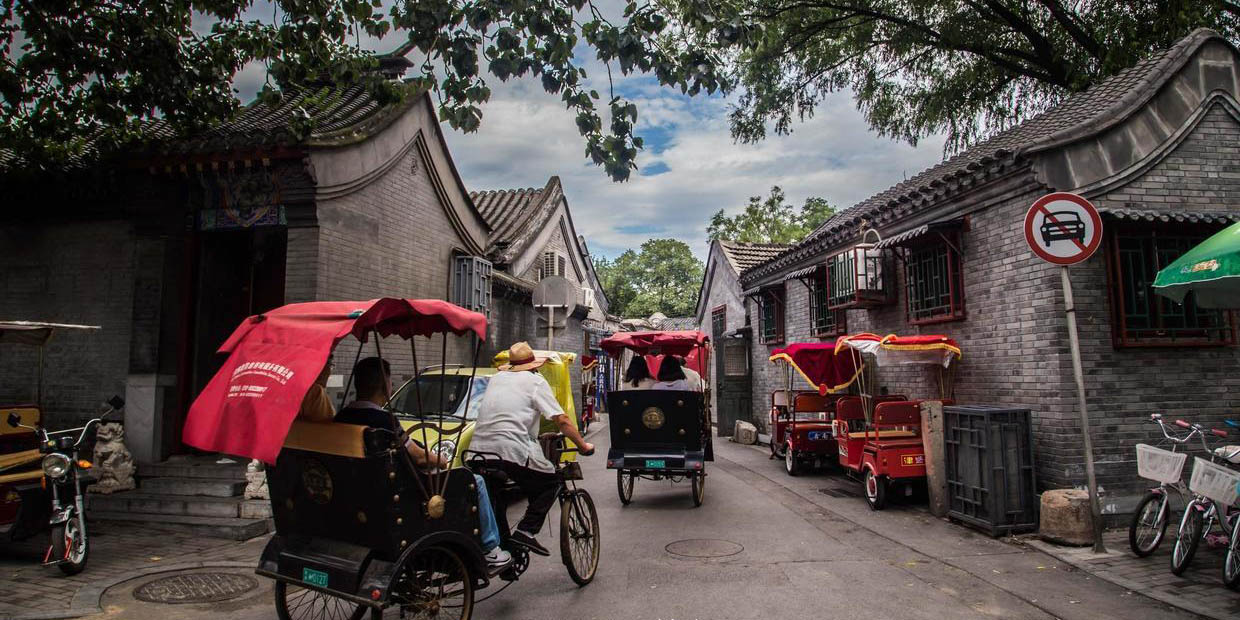
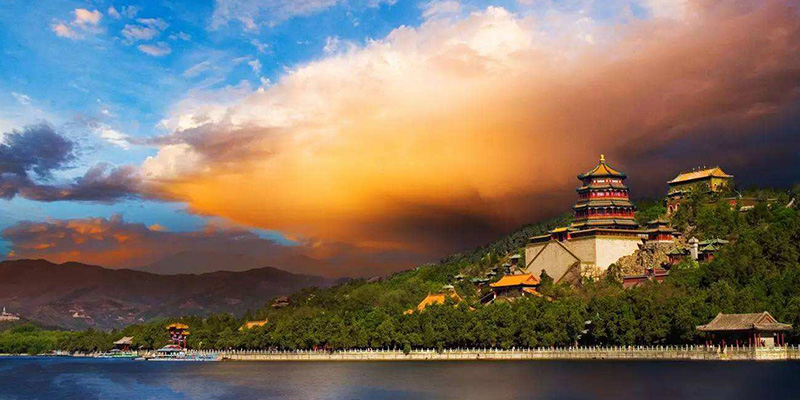
Add Product
Booking Notes
Includes
![]() Entrance fee described in the itinerary
Entrance fee described in the itinerary
![]() Lunch described in the itinerary
Lunch described in the itinerary
![]() Transport
Transport
![]() English-speaking guide
English-speaking guide
![]() A bottle of water a day per person
A bottle of water a day per person
![]() VIP access to the forbidden city
VIP access to the forbidden city
![]() VIP pass (no need to transfer to the shuttle bus at the entrance)
VIP pass (no need to transfer to the shuttle bus at the entrance)
![]() Airport/ train station transfer service
Airport/ train station transfer service
Excludes
![]() International and domestic air tickets
International and domestic air tickets
![]() Tips to guide and driver
Tips to guide and driver
![]() China entry visa fees
China entry visa fees
How to Choose Tour Type?
Affordable Group Tour:
Our small group tour is around of 15 peoples picked up from different hotels. Suitable for tourists with limited budget and who would like to travel with others from different countries.
Best Value Private Tour:
More flexible and time saving.No need to wait for other tourists.Flexible schedule . Possible to be customized for your own itinerary. A privet tour guide and air-conditioned vehicle will be at your service.
How to Book:
1. You can book online, choose to pay the deposit or full payment. We accept payment by PayPal, Credit Card, Wechat and Bank Transfer. After booking, we will send you a booking confirmation email.
2. When you arrive at the departure city, the exactly pick up time will inform by your tour guide though your hotel one night before your tour date.
3.Pick-up Service: To ensure the morning pick-up going smoothly as scheduled, we suggest you choose downtown hotels within the fourth ring road of the city. An additional transfer fee will be incurred if your hotel is outside the above mentioned area. If your hotel is located in a narrow lane or an apartment block, we suggest you find the nearest hotel on the main street as your pick-up point.
Cancellation Policy:
If you cancel at least 7 day(s) in advance of the scheduled departure, there is no cancellation fee.
If you cancel between 3 and 6 day(s) in advance of the scheduled departure, there is a 50 percent cancellation fee.
If you cancel within 2 day(s) of the scheduled departure, there is a 100 percent cancellation fee.
Hotel, flight and train ticket fees are not refundable.
Got Question & Quick Answer
![]()
![]()
CONTACT INFO
PHONE:
EMAIL:
marcopolo@chinatoursnet.comWhatsApp:+86-13683536536iMessage:+86-13683536536
ADDRESS:
Room 208,Business Building AQiantongtian.Longgang Road,Haidian district,Beijing
WeChat:chinatoursnetSkype:chinatoursnet@outlook.com
WHY CHOOSE US

1:We are in Beijing
2:No hidden fees
3:Downtown hotel
4:professional tour guildes and drivers
5:Flexible tour time,private tour group,customized tour service
6:free mineral water
7:Guarantee enough visiting time
8:Guarantee your satisfactory with your choice
